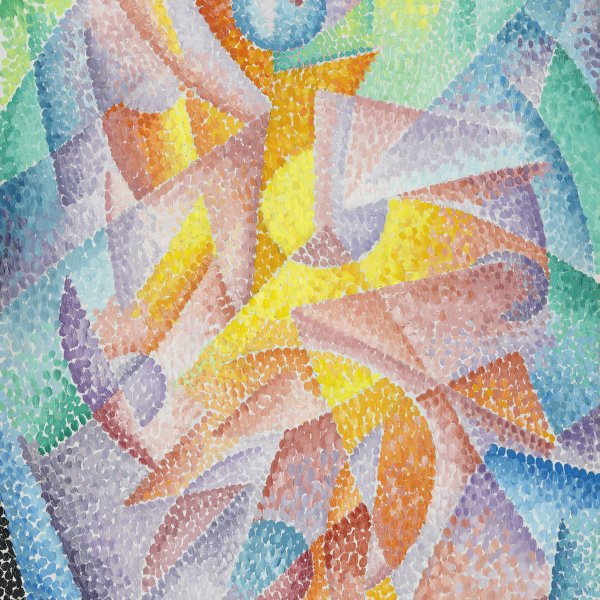Gino Severini
The Italian artist Gino Severini belonged to the Futurist movement from the outset and the many years he lived in France made him an important bridge between Italian and French art. He grew up in Cortona and in 1899 he and his mother moved to Rome, where he started his training at a drawing school known as Gli Incurabili. In 1901 he met Umberto Boccioni, with whom he began to frequent the studio of Giacomo Balla, who introduced him to the Divisionist technique of Georges Seurat, which influenced him for much of his life.
Dissatisfied with the Roman art Scene, Severini went to live in Paris in autumn 1906. There he met the habitual Montmartre artists such as Maurice Raynal, Pablo Picasso, Juan Gris, Georges Braque and Max Jacob, and this contact brought his work closer to Cubism. In 1910 he received a letter from Boccioni inviting him to sign the Futurist Manifesto, as a result of which he embarked on a new path in an attempt to explore dynamism and speed. This evolution led to an increasingly less figurative art in which his primary interest was to explore the effects of light as energy. Soon afterwards he signed the Second Futurist Manifesto and took part in the group exhibitions. In 1914 he wrote his own manifesto, Les Analogies plastiques dans le dynamism, which was not published until much later.
With the outbreak of the First World War, Severini’s works gradually became more solid and volumetric. In 1916 he wrote Du Cubisme au Classicisme, which illustrated his own return to the pictorial tradition of the Italian Renaissance. During the following years he produced mural paintings in both Italy and France as well as mosaics, prominent among which are his collaborations in the monumental works erected under Benito Mussolini during the 1930s. When the Second World War ended he returned to Paris, where he again adopted a Neo-Cubist style.





